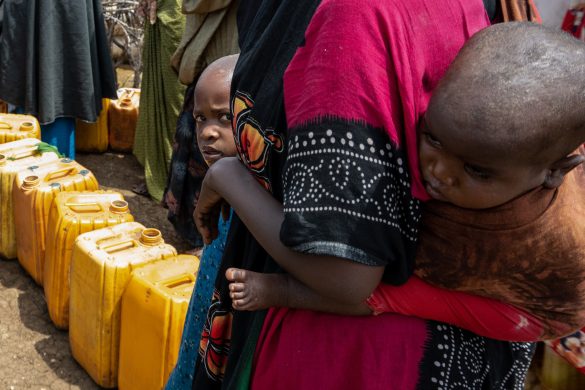DAKAR, 23 June 2009 (IRIN): One hundred fifty years ago the battle of Solferino left 40.000 soldiers and civilians either wounded or killed.
With too few doctors on hand, Swiss civilian Henry Dunant helped villagers care for the victims. Underscoring the direct and dire impact of war on civilians, his experience led him to found the International Red Cross Movement, which celebrates its anniversary Wednesday.
The Red Cross Movement initiated a convention to establish the laws of war, which was eventually passed in 1949 as the Geneva Conventions, which set out to protect combatants, prisoners and non-combatants in conflict. Additional protocols in 1977 stipulated protection of civilians in international and internal conflict.
Ambiguity has grown over what constitutes a war and what is a criminal attack, over who is a party to conflict and who is a civilian. IRIN asked humanitarian and legal experts how conflict has changed in the 21st century and whether the Geneva Conventions and the additional protocols still hold when it comes to protecting civilians in conflict.
How has conflict changed in the 21st century?
Mary Kaldor is a professor and director of the Centre for the Study of Global Governance at the London School of Economics and Political Science. Her books include The Imaginary War (1990), New and Old Wars: Organized Violence in a Global Era (1999) and Global Civil Society: An Answer to War (2003).
The battle of Solferino was very different from contemporary conflict – warring parties then tended to be armies that attacked each other and the main parties to conflict were states. Now the main violence is committed against civilians.
Now wars are sometimes not even declared to be wars, so people could argue the Geneva Conventions do not necessarily even apply. We see a mixture of organized crime, wars and human rights violations – the Sierra Leone conflict being a typical example of that.
In current counter-insurgency wars in Iraq or Afghanistan, the United States has said it cannot distinguish between combatants and civilians.
Knut Doermann is a legal adviser at the Legal Division of the International Committee of the Red Cross headquarters in Geneva and is author of Elements of War Crimes under the Rome Statute of the International Criminal Court.
Perhaps it is true to say that the complexity of situations has increased today. When you have non-state armed groups splintering into different groups for instance, how do you interact with each of them? Do they have sufficient knowledge of the law?
Distinction [between a civilian and a party to the conflict as outlined in Additional Protocol 1 in 1977] is increasingly complex. Civilians lose their protection when they take direct part in hostilities, but what does this mean? Between giving food to a soldier and killing a soldier there is a vast grey zone.
Læs flere meninger om Geneve Konventionen på www.irinnews.org















